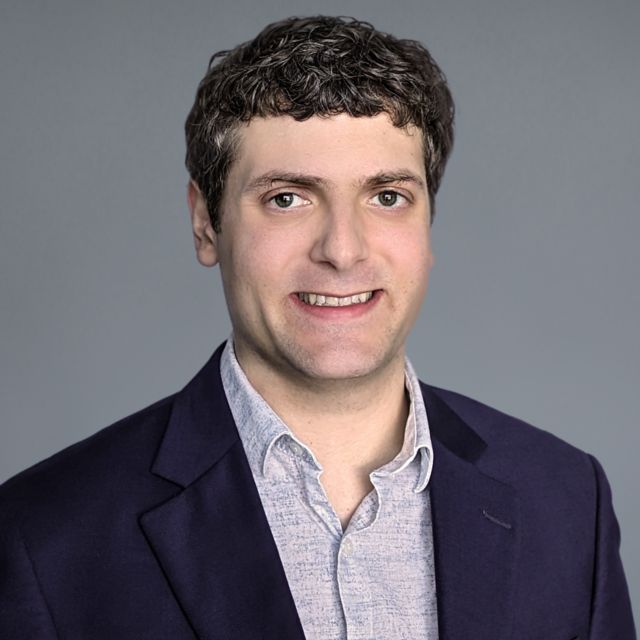
Michael is quantitative sociologist and social demographer with expertise on work, poverty, and structural inequality. He specializes in telling stories with data to provide insight into how workers and households navigate opportunities and constraints to advance their careers and gain economic security. Michael’s research uses an intersectional and place-based approach to shed light on how social (e.g., gender, race, class) and economic positions (e.g., work, income) shape work, family, and mobility outcomes over the life course.
Michael brings a political economy lens to understand how institutions like vocational education, occupations, labor markets, the criminal legal system, and welfare state policies and programs vary across places and change over time to impact the economic mobility of workers and their households. He uses advanced quantitative methods and causal analysis, including multinomial conditional logit models (also known as “discrete choice” models) and event history analysis. To date, Michael’s research is published in venues like the American Sociological Review, the Russell Sage Foundation Journal for the Social Sciences, and the Washington Center for Equitable Growth’s Working Paper Series.
At NORC, Michael uses his quantitative skill set to design and conduct analyses for projects related to his expertise on careers, institutions, and inequality. He participates in the NORC’s Center on Equity Research’s practice community on the use of inclusive and equitable social science research methods and collaborates on center initiatives. For the Second Chance Act Follow-Up Study, Michael is conducting a quantitative analysis of work, criminal legal system contact, and mortality for participants completing the 10-year follow-up after the randomized controlled trial. For an ACF OPRE funded research project studying grandparents’ care activity, Michael is conducting analyses of the Health and Retirement Survey to understand how proximity, health, and social and economic characteristics of grandparents relate to caring for grandchildren.
Michael is the analytic lead for a multivariate analysis for the American Educational Research Association’s Covid-19 Impact Study. The analysis investigates how the pandemic affected research opportunities for graduate students and early career researchers using a race-gender intersectional approach. Michael conducted a literature review of research on the effect of cash assistance programs on social, economic, and health outcomes as a technical lead for ASPE at the U.S. Department of Health and Human Services.
Prior to NORC, Michael was a National Institute of Child Health and Human Development (NICHD) postdoctoral fellow at the University of Texas at Austin’s Population Research Center, where he participated in the research group leading to the Initiative for Law, Societies & Justice, the Family Demography & Intergenerational Relationships Working Group, and the Inequality Working Group. At the University of North Carolina at Chapel Hill, Michael developed and taught four courses in the sociology and management and society major over multiple years. These courses include upper-level courses on labor markets, organizations, and social stratification/inequality, in addition to the entry-level course, Sociological Perspectives.
Quick Links
Education
PhD
University of North Carolina at Chapel Hill
MA
University of North Carolina at Chapel Hill
BA
Whitworth University



